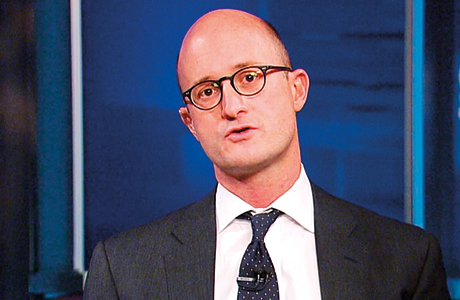
Dubai: The strength of economic fundamentals will be a defining factor in the impact of a potential ‘contagion’ or the spread of decline in currencies on most emerging market currencies, according to analysts.
As the ‘taper tantrum’ [massive outflow of forex from emerging markets in 2013, when Fed stopped monetary stimulus] happened, it was the ‘fragile five’, a term coined by an analyst at Morgan Stanley to denote a group of countries that included Turkey, South Africa, Brazil, India and Indonesia that suffered the most from capital outflows.
Fragile nature of these economies remain largely unchanged as their weaknesses relating to macroeconomic conditions have not changed much or rather have worsened from 2013, although it varies in degree. Most of these countries are laden with large external debts coupled with weak banking sectors, bulging budget deficits, current account gaps, substantial short-term foreign currency debt and inadequate forex reserves.
Concerns over trade wars, lower expectations for global growth, and the withdrawal of central bank stimulus have fed concerns over the stability of emerging market currencies. According to data from Bloomberg, total emerging market borrowing increased from $21 trillion (Dh77 trillion), or 145 per cent of their gross domestic product (GDP), in 2007 to $63 trillion (210 per cent of GDP) in 2017. Borrowings by non-financial corporations and households have jumped.
Since 2007, the foreign currency debt — in dollars, euros and yen — of these countries doubled to around $9 trillion. China, India, Indonesia, Malaysia, South Africa, Mexico, Chile, Brazil and some Eastern European countries have foreign currency debt between 20-50 per cent of their GDP.
Based on economic fundamentals, analysts have their pick of countries that may be hit hard by a potential contagion. Daily FX has their pic in BRATS [Brazil, Russia, Argentina, Turkey, and South Africa] that have all seen their currencies slump by at least -8 per cent in August.
While many continue to debate on the degree of impact based on the economic strength of each of these nations, some commentators see when the sentiment driven sell-off kicks in, most investors will treat the emerging markets as a single universe and the impact on currencies and asset prices will be unidirectional.
- Robin Brooks | IFF managing director and chief economist
The strengthening of dollar, rising US interest rates and weak domestic economic conditions are making portfolio investors nervous on emerging market currencies and asset classes. A pick up in portfolio investment outflows are hurting emerging market currencies.
Sentiment towards emerging markets is deteriorating — and the scope for financial contagion increasing — because of technical factors stemming from a surge in capital inflows over the past two years, especially last year.
Data from the Institute of International Finance (IIF), which tracks financial flows, showed emerging equities accounted for all inflows, raking in $7.1 billion, while debt markets suffered $4.8 billion of outflows, their first such loss since June. “August continued the trend of volatility in 2018 with a sizeable rout caused by spillovers from turmoil in Turkey sandwiched between relatively strong inflows to begin and end the month,” IIF deputy director Emre Tiftik wrote in the report.
The IIF believes, that like in the past, portfolio outflows are likely to emerge as a key channel for the currency crisis extending to emerging markets. “Non-resident portfolio flows to EM, where positioning build-ups in certain countries can still be a channel for contagion, even in the absence of meaningful macro imbalances. We find that South Africa, Lebanon, Egypt, Colombia, Peru and Indonesia are potentially exposed to this “concentration” risk,” said Robin Brooks, managing director and chief economist at the IIF.










